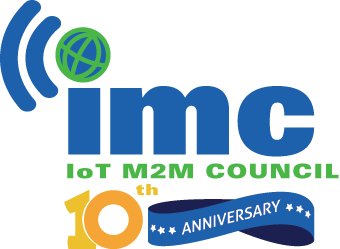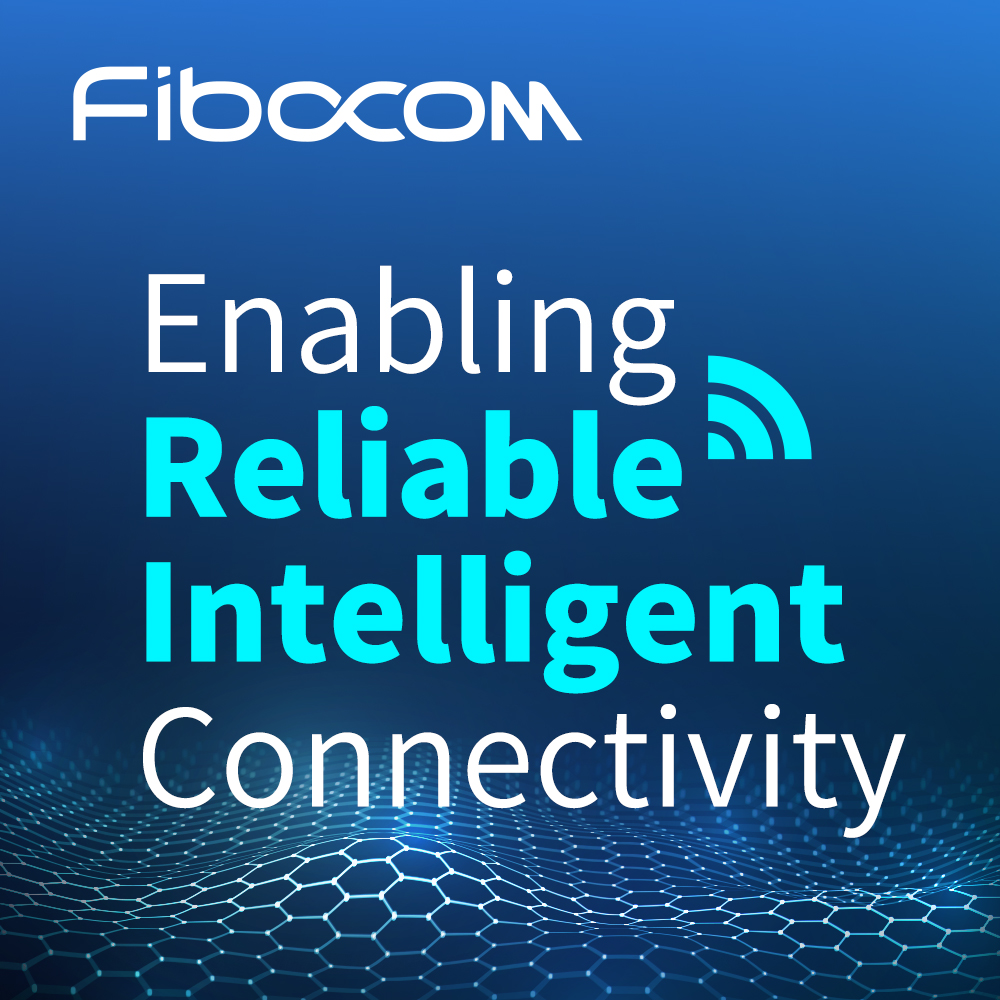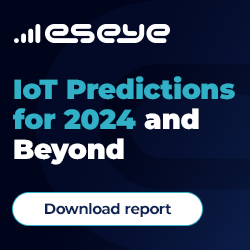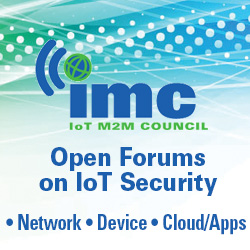Sandia researchers create self-healing grid
- February 12, 2024
- Steve Rogerson

Researchers at the US government’s Sandia National Laboratories in New Mexico have created a self-healing electrical grid to ensure uninterrupted power even when assailed by a hurricane or saboteurs.
Working with researchers at New Mexico State University (nmsu.edu), the Sandia team has developed a library of algorithms. By coding these algorithms into grid relays, the system can quickly restore power to as many hospitals, grocery stores and homes as possible before grid operators can begin repairs or provide instructions.
“The ultimate goal is to enable systems to self-heal and form these ad hoc configurations when things go really bad,” said Michael Ropp, Sandia (www.sandia.gov) electrical engineer and the project lead. “After the system is damaged or compromised, the system can automatically figure out how to get to a new steady-state that provides power to as many customers as it possibly can; that’s what we mean by self-healing. The key is that we’re doing it entirely with local measurements, so there is no need for expensive fibre optics or human controllers.”
The electrical grid of the future will have more renewable energy supplies such as rooftop solar panels and wind turbines, along with local energy storage systems such as banks of batteries. Many of these will have the ability to form microgrids around hospitals, water treatment plants and other critical infrastructure even if the main grid is down. This Sandia project enables those microgrids to heal themselves automatically when damaged and connect with one another to share power and serve as many customers as possible.
While microgrids can increase the resiliency of the grid, they need to perform certain critical functions automatically such as balancing energy production with energy consumption and reconfiguring if part of the system becomes damaged or unavailable. This self-healing capability must also be able to avoid connecting microgrids in a way that causes problems, for example by forming an unintentional loop in the circuit.
Today, to achieve all this in microgrids using power inverters, devices that convert the DC produced by renewable energy sources into AC the grid can use, operators must install expensive high-speed communications that can be unreliable during disasters and vulnerable to cyber attacks. The purpose of this project is to support self-healing using only the measurements that each individual device can make, reducing cost while increasing reliability.
One function that microgrids with lots of inverters need to do is shut off a few customers when the demand for electricity becomes larger than the supply. In grids powered by natural gas, coal or nuclear power plants, when this demand-supply imbalance occurs, the frequency of the grid drops. When the existing relay algorithms detect this, they disconnect power to portions of the grid. However, inverters designed to power microgrids, when they become overloaded, stop regulating the voltage of the power supply. The Sandia-led team developed an algorithm to use this decrease in voltage to tell relays when to disconnect power to less vital users.
During the wake of a natural disaster such as a hurricane or earthquake, hospitals, assisted living facilities and water treatment plants are especially vital and thus critical to keep powered. Banks, grocery stores and recreation centres or schools that serve as evacuation centre are also quite important for the functioning of a community. Individual homes and neighbourhoods often aren’t as vital.
The team also developed algorithms that allow the system to self-assemble in ways that avoid damaged areas. The team used computer-aided-design software to model a small system of three interconnected microgrids and showed how, even without communications, the algorithms allowed the system to balance power production and consumption, isolate certain issues such as tree-downed lines or a damaged power plant, and work around the issue to restore power to important facilities.
The researchers shared their results in a paper published as part of the 2022 North American Power Symposium (ieeexplore.ieee.org/document/10012232).
“A lot of good work has been done on how to protect circuits, equipment and people from issues on the grid, which is why our electric grid is very safe and reliable,” said Olga Lavrova, an associate professor of electrical engineering and former Sandia employee involved in the project. “However, when we have a lot of renewables, solar and wind, we need to make some changes to this logic, which is the focus of the project.”
Most of North America’s grid infrastructure was designed to have single power lines with one-way power flow to houses, offices and other average customers. Thus the grid is not currently designed to be stable when operated in a loop, said Ropp and Matthew Reno, another Sandia electrical engineer involved in the project. Only certain custom-designed portions of the system can operate as a loop.
Microgrids and distributed resources such as rooftop solar increase overall resiliency but also allow the chance for the grid to assemble into an unstable loop.
Reno said: “We were trying to come up with possible measurements to figure out if the two sides were already connected so that closing the switch would form a loop.”
The team looked at some mathematical methods a breaker could use to determine whether the portions of the grid on either side of the breaker were powered by the same power supply and determined that two such methods worked for this purpose. The researchers shared a comparison of these methods in a paper published in the scientific journal IEEE Transactions on Power Delivery (ieeexplore.ieee.org/document/10071548).
The team is also working on a similar problem: What to do when a power line that normally is at the end of the system finds itself supporting more current than it is rated for? They’ve developed a Morse-code-like method where an overloaded line relay modulates the voltage by opening and closing in a specific pattern, and the relays for lower-priority customers can detect this pattern and disconnect themselves until the line is no longer overloaded.
While this could be considered communication, it doesn’t need a separate system, which might be vulnerable to hackers, or a human operator; it uses the power line itself to transmit the signal.
The researchers have been working on ways to improve the performance of these methods. For example, they have developed a method to divide the microgrid into smaller sub-microgrids when an issue is detected. The hope is this would isolate the issue to just one sub-microgrid, allowing the others to operate normally. The team’s initial testing suggests this method of defining microgrid boundary points works sometimes, but not all the time, so there is more work to do.
The team would like to work with manufacturers of line and load relays to incorporate their library of algorithms into the companies’ products, first to test them in a hardware-in-the-loop testbed and then possibly in real life at test facilities such as Sandia’s Distributed Energy Technologies Laboratory or at a similar medium-voltage facility at New Mexico State University.
“We definitely want this to become something that people can really use, especially low-income communities that can’t afford fibre optic communications at every single point on every single electrical circuit,” Ropp said. “You can actually get very good performance and very good resilience using our library of algorithms. And if you do have the communications, this can be a backup.”





